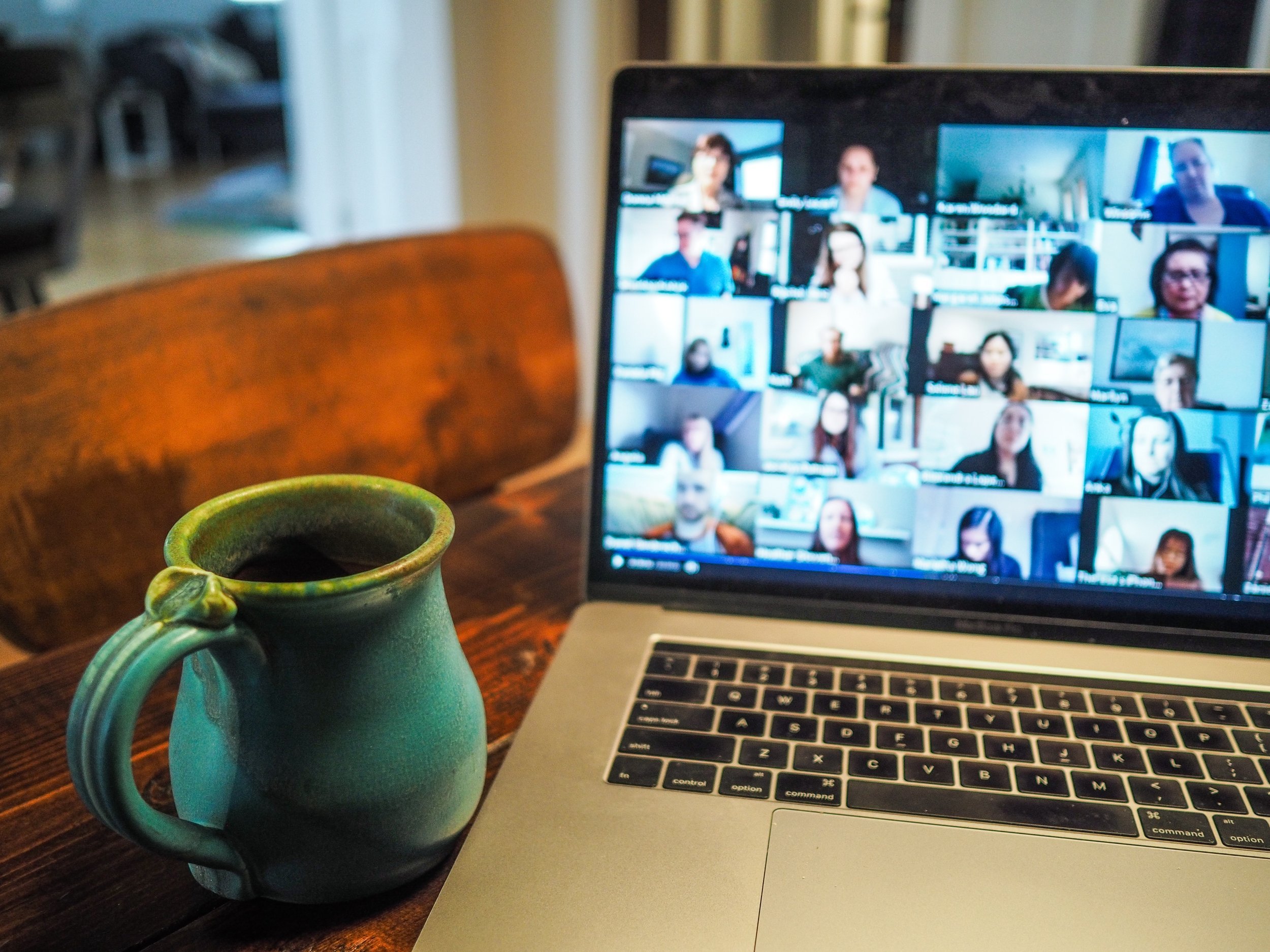What is EDI?
What does Equity, Diversity and Inclusion (EDI) mean?
The quick answer is that diversity is difference, and inclusion is welcoming this difference.
You might have seen it described on Social Media as diversity is being invited to the disco and inclusion is being asked to dance.
The philosophical answer is diversity is something you have and inclusion is something you do.
The logical answer is that diversity is more of a fact, inclusion is more of a feeling.
The scientific answer is that diversity is the difference and inclusion is getting the best out of that difference.
It is possible to have a diverse company where people do not feel included
and
It is also possible to have an inclusive company, which is not very diverse.
Does Diversity just mean someone looks different?
The ‘diversity’ in equity, diversity and inclusion (EDI) refers to the entire range of human differences.
The range of diversity is enormous and includes all differences, the most common being differences such as race, ethnicity, gender, sexual orientation, marital status, parental status, age, social status, physical ability or attributes, religious or ethical values system, national origin, and political beliefs.
Diversity focuses on the differences between people. Inclusion is the act of welcoming and encouraging those differences.
Diversity is not just about visible differences, in fact, all the ways people can differ, extends way beyond visible differences.
You may have seen an iceberg used to describe diversity. In diagrams like this, the water line represents all the differences we can usually see - or ‘visible diversity’. Everything below the iceberg is usually invisible diversity.
Even though all the diversity below the waterline is invisible diversity, it is still diversity. People can differ hugely in their political beliefs, thinking style, personality, character and life experiences - these differences can become more noticeable the more you get to know someone, or they may remain hidden.
The ‘Inclusion’ in diversity and inclusion focuses on creating an environment where all different kinds of people feel like they belong, have fair (equitable) access to opportunities, and can thrive and succeed.
Why is Diversity important at work?
In short: To better serve your customers
13% of the UK belong to a Black, Asian, Mixed or other ethnic group.
If your organisation is for profit then in financial terms this 13% of the UK equates to a collective spending power of £4.5 billion pounds per year.
2.7% of the UK population aged 16 years and over identified as lesbian, gay or bisexual (LGB).
If your organisation is for profit then in financial terms, the LGBT community’s purchasing power in the UK is currently estimated to be at £6 billion per year.
Over 18% of the UK population identify as disabled.
There are over 2.8m Muslims in the UK and British Muslims have an estimated spending power of £20.5 billion
The spending power of disabled people and their household continues to increase and is estimated to be worth £274 billion per year to UK business.
Just over 50% of the UK population is female and women now drive the world economy. Globally, women control about $20 trillion in annual consumer spending.
Can your organisation afford not to represent these customers?
Do you understand their needs?
Do you know what they want?
Are your products being created to appeal directly to them?
Are you reaching them where they are?
Are you speaking their language?
Are they satisfied with your service?
Diverse organisations know that having plenty of different members of their “diverse” customer groups actively engaging in the discussions around the tables where the decisions are being made will result in them being more likely to be able to answer ‘yes’ to the questions above.
Why is Inclusion important?
Inclusion is what enables the crucial part of the paragraph above about the value of diversity; “actively engaging in the discussions around the tables where the decisions are being made”.
Bringing diversity into your organisation without focussing on inclusion is essentially an exercise in creating a more diverse “look” to your organisation. It’s surface level and it’s not going to make D&I magic happen. In fact, it’s a pointless exercise.
Inclusion encompasses many things, one of the most important ones we measure at the Global Equality Collective is feeling valued for your authenticity.
Feeling valued for your authenticity means not only can you show up as yourself every day at work, but you are valued for doing that. People respect and appreciate you just as you are. If you have never had to pretend to be someone you’re not, play down or ‘cover’ an area of yourself or your personal life then you have probably been valued for your authenticity a lot.
Have you ever been somewhere (for example a party, a venue or an event) where you felt like you needed to put on a bit of a persona in order to fit in? Perhaps you modified your accent or you felt like an aspect of your appearance would need to be modified in order to ‘fit in’ a bit more with everyone else? If so, then you can empathise with the large number of people in the world that need to do that all day, every day at work in order to get access to opportunities.
There are many reasons why employees not feeling valued for their authenticity is a negative thing at work, one of which is that employees use so much energy trying not to be themselves, that they become less productive. They are also less likely to ‘stick their heads above the parapet’ and offer opinions and ideas, disagree or point out things that could be improved.
Without inclusion, the views of your diverse workforce are less likely to be heard, acknowledged or acted upon. Without inclusion your diverse hires won’t be able to help you to reach your customers or the populations you serve.
Without inclusion there’s no point aiming to create a diverse workforce. Your “diversity hires” will more than likely come to the same conclusion and either succumb to the organisation’s group think or they’ll give up and go somewhere their diversity of thought and perspective will be valued.
Where does Equality come into it?
Equality in the context of Diversity and Inclusion doesn't mean that everyone is the same and should be treated the same. In EDI terms, equality is about ensuring that every individual has an equal opportunity to make the most of their lives and their talents.
Equality in EDI terms is also about a 'future state' where all people are equal, so a belief in equality is also belief that no one should have poorer life chances because of the way they were born, where they come from, what they believe, or whether they have a disability.
Believing in equality also means recognising that historically certain groups of people with protected characteristics such as race, disability, sex and sexual orientation have experienced discrimination - and still do.
Why do some people say Equity and some say Equality?
Equity versus Equality as the “E” in EDI is a debate that is ongoing.
Equity in EDI terms means fairness.
Many have begun to use the term equity in place of equality in EDI terms, so ‘EDI’ might mean Equity, Diversity and Inclusion.
Equity is used to illustrate that when the playing field is not level, treating people the same - or equally - is not fair and is not going to aid the balance that EDI campaigners are working towards.






